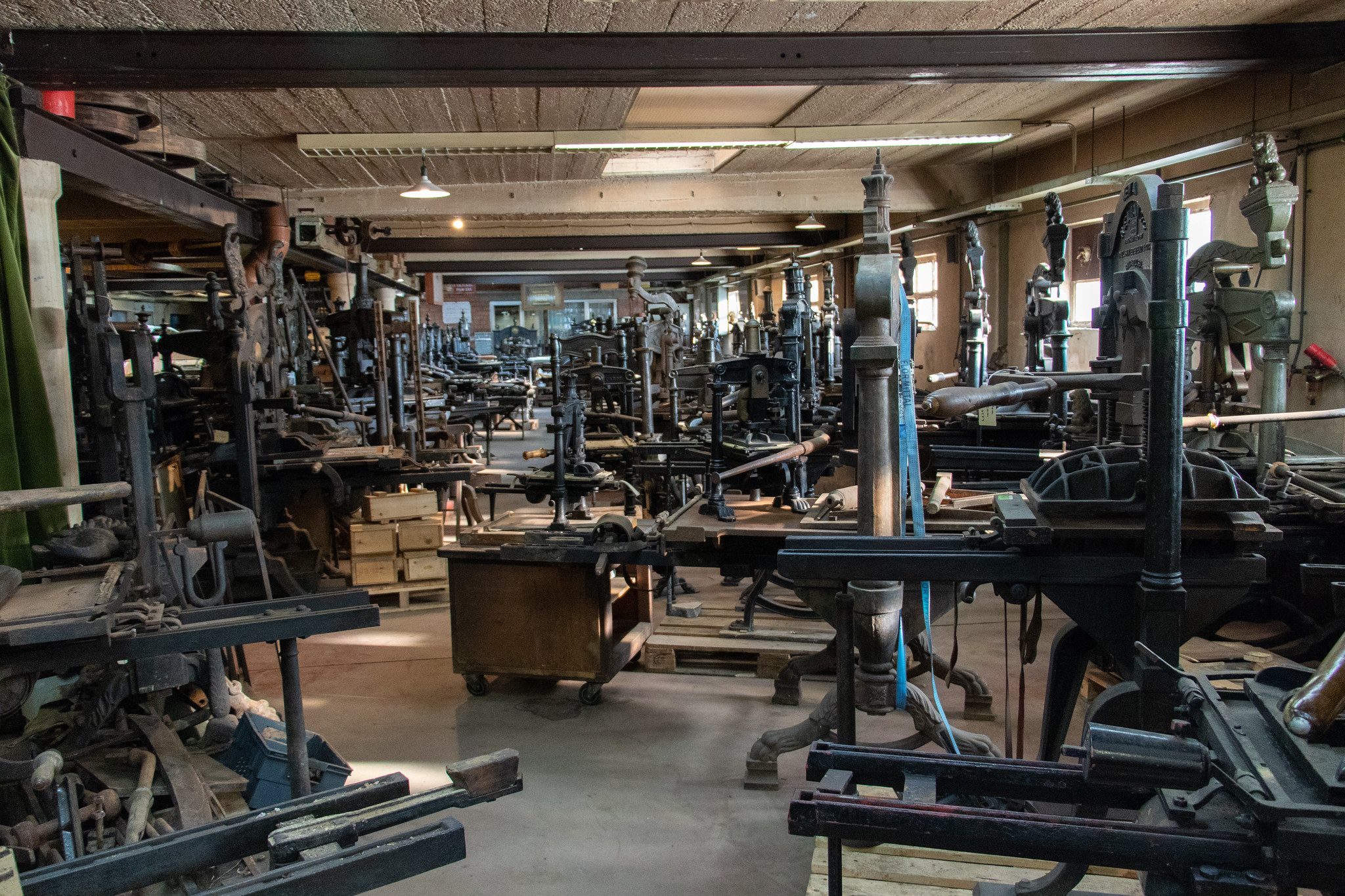Echoes from the Middle Ages
From the Renaissance up to the present day medieval letterforms, Romanesque and Gothic, have inspired type designers – much more than we think. An overview of revivals and type designs inspired by medieval letterforms, from 1400 to 2014. Presentation given by Gerard Unger to ATypI Barcelona 2014
